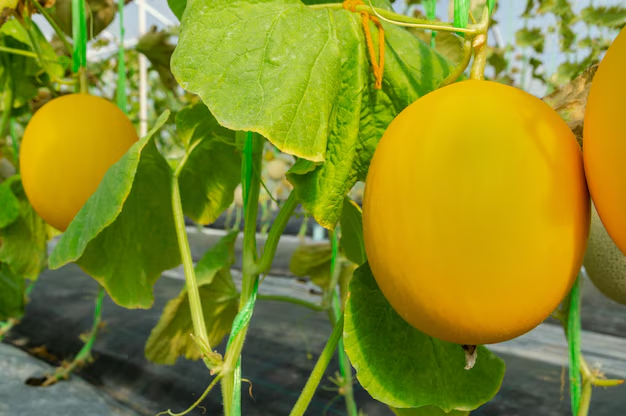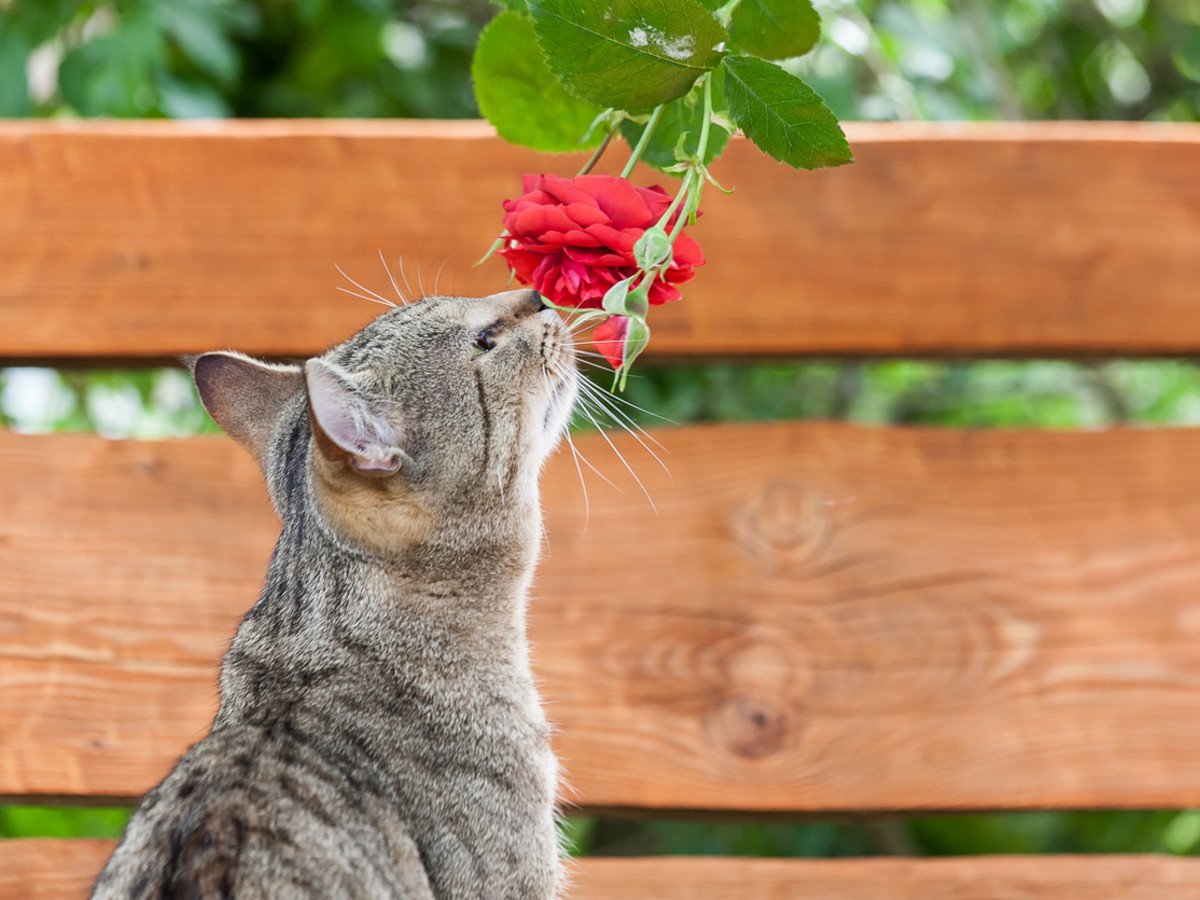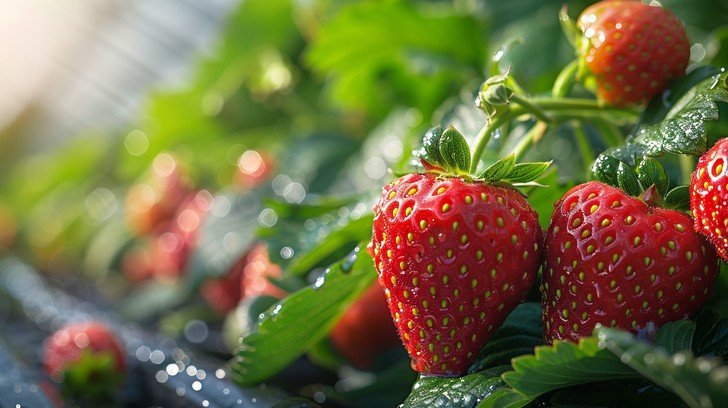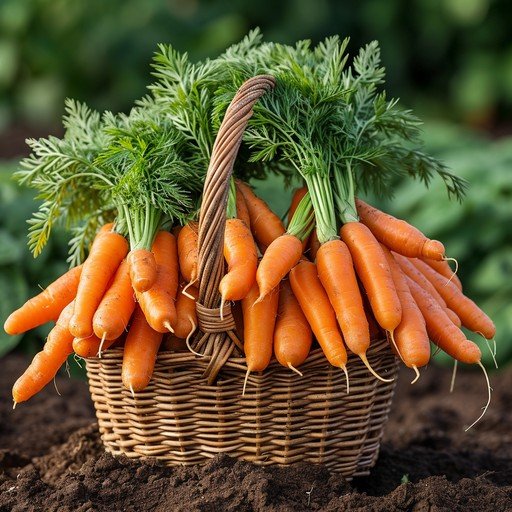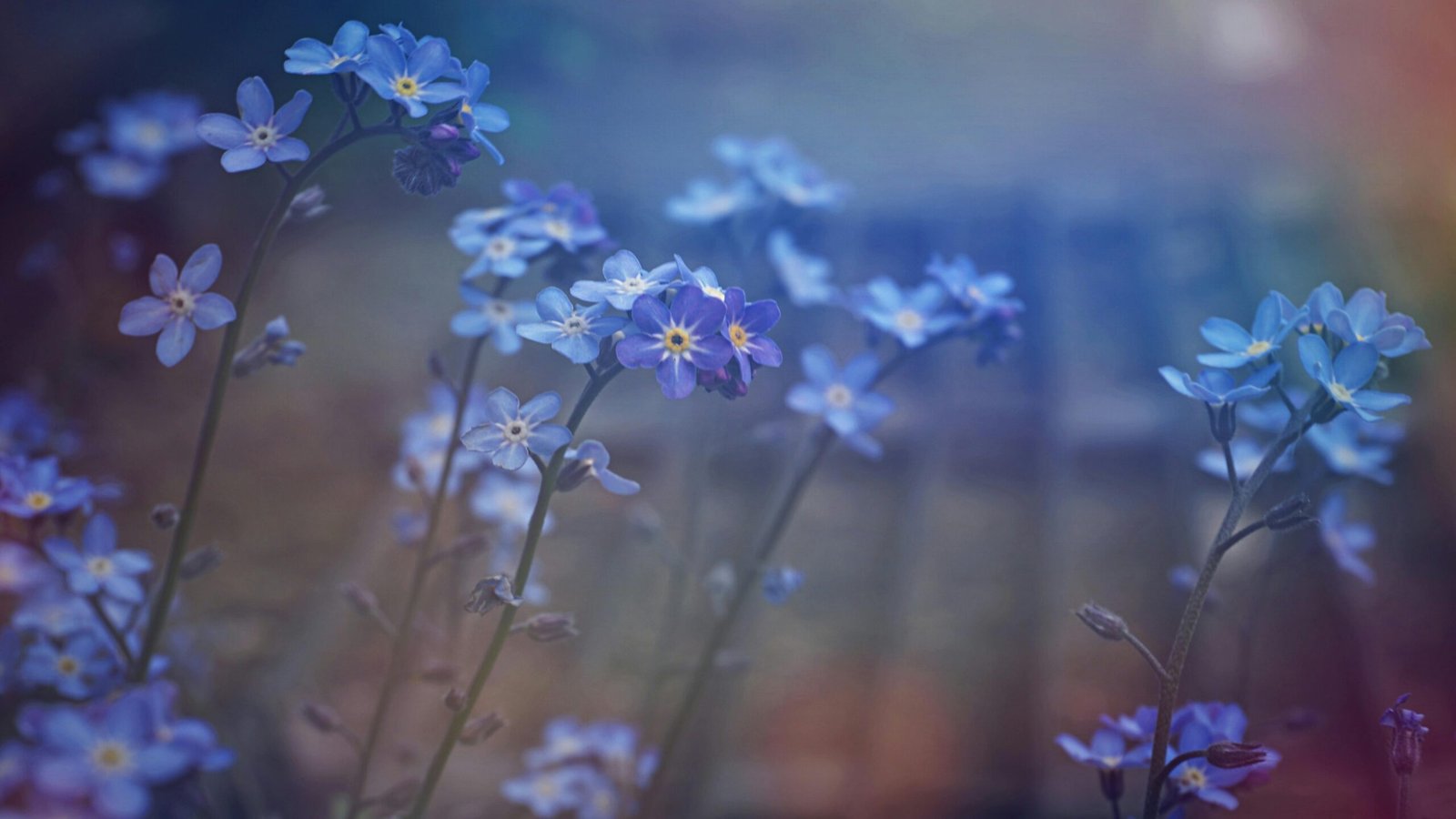If you’ve spent any time in the gardening world, you’ve probably heard the word “mulching.” But what exactly is mulching, and why does every expert insist your garden needs it?
Simply put, mulching is the practice of covering the soil surface around plants with a layer of material—organic or inorganic—to improve growing conditions. Whether you’re growing tomatoes in raised beds, roses along a fence, or herbs in containers, mulching is one of the easiest, most effective ways to support healthy plants and reduce garden chores.
In this guide, we’ll explain what mulching really means, break down its many benefits, show you how to do it right, and help you choose the best mulch for your space. By the end, you’ll understand why seasoned gardeners never skip this step and why your garden will thank you for starting today.
What Exactly Is Mulching?
Mulching refers to placing a protective layer over the soil. This layer can be made from shredded leaves, straw, wood chips, compost, gravel, landscape fabric, or even newspaper. The goal? To create a barrier between the soil and the elements—sun, wind, rain, and foot traffic—that helps regulate temperature, retain moisture, suppress weeds, and feed the earth below.
According to the Royal Horticultural Society, mulching is “one of the most beneficial practices a gardener can adopt.” It’s not just cosmetic—it’s functional, ecological, and deeply practical.
Think of mulch as a blanket for your soil. In summer, it keeps roots cool. In winter, it insulates them from freezing. Year round, it prevents erosion, reduces compaction, and encourages life beneath the surface.
7 Powerful Reasons Your Garden Needs Mulching
1. Conserves Soil Moisture
One of the biggest perks of mulching is water conservation. A 2 to 3 inch layer of mulch slows evaporation from the soil surface. That means you water less often, save money on your water bill, and reduce stress on plants during dry spells.
Joe Gardener, host of the popular podcast on organic gardening, says, “Mulch is like insurance for your garden during droughts. It buffers the soil and keeps moisture where plants need it most—the root zone.”
2. Suppresses Weeds Naturally
Weeds compete with your plants for water, nutrients, and sunlight. A thick layer of mulch blocks light from reaching weed seeds, preventing them from sprouting. While it won’t stop deep-rooted perennials like dandelions, it dramatically cuts down on annual weeds like crabgrass and chickweed.
The Old Farmer’s Almanac notes that consistent mulching can reduce weeding time by up to 70 percent. That’s more time to enjoy your garden—and less time pulling invaders.
3. Regulates Soil Temperature
Soil temperature swings can shock plant roots. Mulch acts like insulation. In summer, it keeps soil cooler. In winter, it holds warmth in. This stability promotes steady root growth and protects sensitive plants during temperature extremes.
For example, strawberries benefit from straw mulch that keeps fruit off hot soil and prevents rot. Garlic and perennials appreciate a winter mulch that shields them from freeze-thaw cycles.
4. Improves Soil Structure and Fertility
Organic mulches—like compost, grass clippings, shredded bark, or leaf mold—break down over time. As they decompose, they add valuable organic matter to the soil. This improves texture, increases microbial activity, and slowly releases nutrients like nitrogen, potassium, and phosphorus.
Gardening Know How explains that “mulch feeds the soil food web,” encouraging earthworms, fungi, and bacteria that keep soil alive and productive. Healthy soil grows healthy plants—with fewer inputs needed from you.
5. Prevents Soil Erosion and Compaction
Heavy rains can wash away topsoil, especially on slopes or in newly planted areas. Mulch absorbs the impact of falling water, slows runoff, and holds soil in place. It also cushions the ground from foot traffic and tools, reducing compaction that suffocates roots.
This is especially important in vegetable gardens and flower beds where soil is frequently disturbed.
6. Keeps Plants Cleaner and Healthier
Fruits like tomatoes, squash, and strawberries often suffer from soil-borne diseases when they touch bare earth. Mulch creates a clean barrier, reducing splashing from rain or watering that spreads fungal spores.
It also keeps produce cleaner at harvest time—no more muddy zucchini or dirty lettuce leaves.
7. Enhances Curb Appeal
Let’s not ignore aesthetics. A neatly mulched bed looks tidy, finished, and cared for. Whether you use dark shredded hardwood, golden straw, or red-dyed cedar, mulch gives your garden a polished, professional appearance.
Gardeners World points out that mulching “frames your plants” and draws the eye to foliage and blooms—not bare dirt or weeds.
Types of Mulch: Organic vs Inorganic
Not all mulches are created equal. Choosing the right one depends on your goals, climate, budget, and what you’re growing.
Organic Mulches (Break Down Over Time)
These materials enrich the soil as they decompose:
- Compost: Excellent for feeding soil but may contain weed seeds if not fully finished.
- Shredded Leaves: Free, abundant in fall, breaks down quickly. Great for vegetable beds.
- Straw or Hay: Ideal for vegetable gardens. Avoid hay if it contains seeds.
- Wood Chips or Bark: Long lasting, attractive, best for paths and around shrubs/trees.
- Grass Clippings: Use thin layers only—thick mats can heat up and smell.
- Pine Needles: Slightly acidic, good for blueberries and azaleas.
Organic mulches need replenishing once or twice a year as they break down. That’s not a downside—it’s part of building healthy soil.
Inorganic Mulches (Do Not Break Down)
These materials last longer but don’t improve soil fertility:
- Gravel or Stone: Good for drainage, heat retention, and low-water landscapes.
- Landscape Fabric: Blocks weeds but can restrict water and air if not covered with another mulch.
- Rubber Mulch: Made from recycled tires. Controversial due to potential chemical leaching.
- Plastic Sheeting: Used in commercial farming to warm soil and block weeds. Not ideal for home gardens long term.
Inorganic mulches are best for permanent plantings, pathways, or decorative areas where soil enrichment isn’t the goal.
How to Mulch Your Garden: A Simple Step-by-Step Guide
Ready to get started? Here’s how to mulch properly:
Step 1: Prepare the Area
Remove existing weeds and water the soil thoroughly before applying mulch. Dry soil under mulch stays dry—defeating the purpose.
Step 2: Apply at the Right Depth
- For fine mulches like compost or grass clippings: 1 to 2 inches
- For coarse mulches like wood chips or straw: 3 to 4 inches
Avoid piling mulch against plant stems or tree trunks. Leave a 2 to 3 inch gap to prevent rot, pests, and disease. Think “donut,” not “volcano.”
Step 3: Replenish as Needed
Organic mulches fade and shrink as they decompose. Top them up in spring and again in fall if necessary. Don’t let the layer get too thin—or too thick. More than 4 inches can suffocate roots and attract rodents.
Step 4: Choose the Right Mulch for the Job
- Vegetable Gardens: Straw, shredded leaves, or compost
- Flower Beds: Shredded bark, cocoa hulls, or pine needles
- Trees and Shrubs: Wood chips or bark nuggets
- Pathways: Gravel, wood chips, or landscape fabric topped with stone
Common Mulching Mistakes to Avoid
Even simple tasks can go wrong. Watch out for these frequent errors:
- Mulch Volcanoes: Piling mulch high around tree trunks invites insects, rodents, and rot.
- Using Fresh Wood Chips Around Vegetables: They can temporarily tie up nitrogen as they break down.
- Applying Too Thick a Layer: Restricts air and water flow to roots.
- Mulching Over Wet Weeds: Weeds will grow right through. Remove them first.
- Ignoring pH Effects: Some mulches (like pine needles) acidify soil over time. Monitor if growing pH-sensitive plants.
Seasonal Mulching Tips
Mulching isn’t just a spring task. Adjust your approach with the seasons:
- Spring: Refresh mulch after planting. Use lighter materials like straw or compost to warm soil faster.
- Summer: Add extra mulch during heat waves to conserve moisture and cool roots.
- Fall: Apply a thicker layer (especially around perennials) to protect from frost heave and cold winds.
- Winter: Evergreen boughs or shredded leaves work well to insulate without compacting under snow.
The RHS recommends leaving some bare soil in winter for ground-nesting bees and other beneficial insects. You don’t have to mulch every square inch.
Tools and Supplies You’ll Need
You don’t need fancy equipment to mulch:
- Garden rake
- Wheelbarrow or garden cart
- Gloves
- Shovel or pitchfork (for moving bulk mulch)
- Hose or watering can (to moisten soil before mulching)
If buying bagged mulch, calculate how much you need. One cubic yard covers about 100 square feet at 3 inches deep.
Final Thoughts: Mulching Is a Game Changer
Now that you know what mulching is and why your garden needs it, there’s no reason to wait. Whether you spread a few bags of shredded bark or rake up autumn leaves, you’re giving your soil and plants a powerful advantage.
Mulching saves time, conserves resources, builds fertility, and beautifies your space—all while working quietly in the background. It’s one of the smartest, simplest habits any gardener can adopt.
At GardenKT, we’re passionate about helping you grow better with less work. For tips on choosing the right mulch for your climate and crops, check out our guide to best organic mulches for home gardens.
Start small. Mulch one bed this weekend. Watch how your plants respond. You’ll wonder why you didn’t start sooner.
If you are interested in gardening and want to learn more, you’ve found your home. GardenKT is the best knowledge-sharing website, and you can also contribute by sharing your knowledge here.




